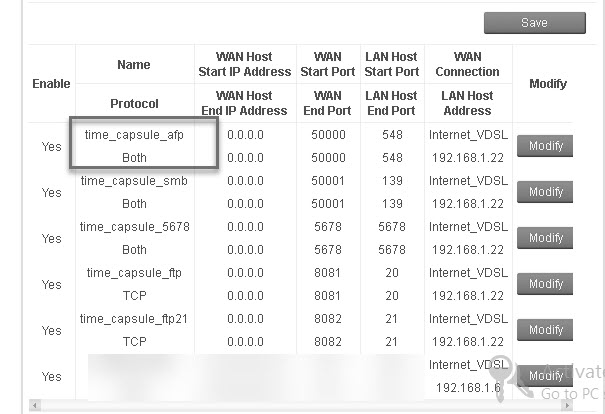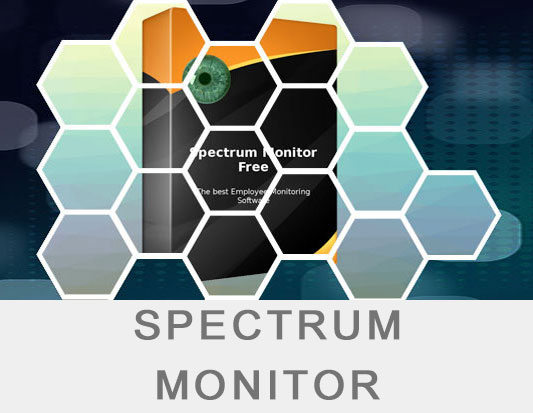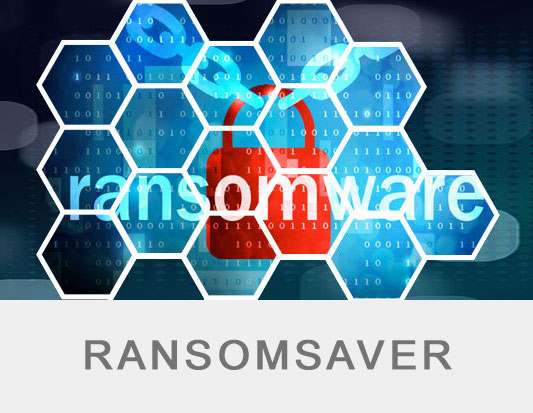
05 Oct Unveiling Hidden Dangers: The Perils of UPnP and Protecting Your Digital Homestead – Apple Time Capsule
The Dangers of Default Settings: A Narrative on UPnP and Data Vulnerability
During one of my routine client visits, I encountered a situation that underscored the criticality of cybersecurity in our technologically dependent society. My client, like many individuals, relied heavily on various devices and network settings to maintain a seamless internet experience at home, but unwittingly was exposed to potential digital threats due to default configurations provided by his Internet Service Provider (ISP).
Upon reaching his residence, I inspected the modem that was provided by his Internet Provider, aiming to ensure its settings were optimized and secure. To my concern, Universal Plug and Play (UPnP) was enabled by default. UPnP, a set of networking protocols, permits devices within a network to discover each other and establish functional network services for data sharing, communication, and entertainment. However, it can also inadvertently expose networked devices to potential external threats, especially when deployed without a thorough understanding of its implications.
In this particular scenario, the client was using an Apple Time Capsule, which was automatically exposed to the internet due to the active UPnP settings. The Time Capsule, designed to be a wireless router and a network-attached storage device, held a plethora of sensitive data – photos, documents, and backups from various devices in the home. While this automatic exposure can sometimes be beneficial for ease of device connectivity and usage, it can equally be a doorway for malevolent actors seeking to exploit unprotected networks and devices.

Imagine a situation where, after some years, a vulnerability in the Time Capsule’s software is discovered. Cybercriminals, always on the prowl for such opportunities, could potentially connect to the device, pilfering all of the valuable and intimate data stored within, all without the client’s knowledge or consent. The consequences of such a data breach could range from mere inconvenience to devastating personal and financial losses.
Recognizing the impending dangers associated with the unmitigated use of UPnP, I immediately delved into the modem settings and disabled UPnP. Subsequently, the Time Capsule was no longer automatically exposed to the omnipresent threats lurking in the vast expanse of the internet.
This real-world incident serves as a potent reminder to us all about the lurking dangers of default settings and the paramount importance of digital literacy and cyber hygiene in safeguarding our digital lives. Always ensure to audit your network settings, be informed about the devices connected to your network, and take proactive steps in securing your digital footprint against ever-evolving cyber threats.
Addressing the Issue: A Step-by-Step Guide and the Importance of Professional Oversight
Ensuring the security of your home network is crucial in safeguarding your personal and sensitive data. Here’s a concise guide on how you can mitigate risks associated with default settings like UPnP:
Safely Modifying Modem/Router Settings:
- Login Safely: Begin by securely logging into your modem or router. Typically, this involves entering the device’s IP address into your web browser and using the assigned username and password.
- Navigating to UPnP Settings: Once logged in, locate the UPnP settings. This might be found under advanced settings, security, or a similar menu, depending on your device model.
- Disabling UPnP: Disable the UPnP function to ensure that devices within your network are not automatically exposed to the internet. Make sure to save or apply the changes before exiting.
Investing in Professional Assistance:
- Routine Checkups: Regularly invite a certified professional to conduct a thorough check of your network. They can identify and mitigate potential vulnerabilities, ensuring optimal performance and enhanced security.
- Consultation: Establish a habit of consulting with a professional before making significant changes to your network settings. An expert can provide insights into the benefits and potential risks associated with modifying particular settings.
- Up-to-Date Knowledge: Professionals are abreast of the latest developments in cybersecurity and can provide advice on securing your network against emerging threats.

Always remember, even though taking preventive steps, like disabling UPnP, can enhance network security, having a professional review your overall setup ensures a robust and holistic approach to safeguarding your digital environment. This mitigates the risk of overlooking potential vulnerabilities and reinforces the security of your personal and confidential data.









